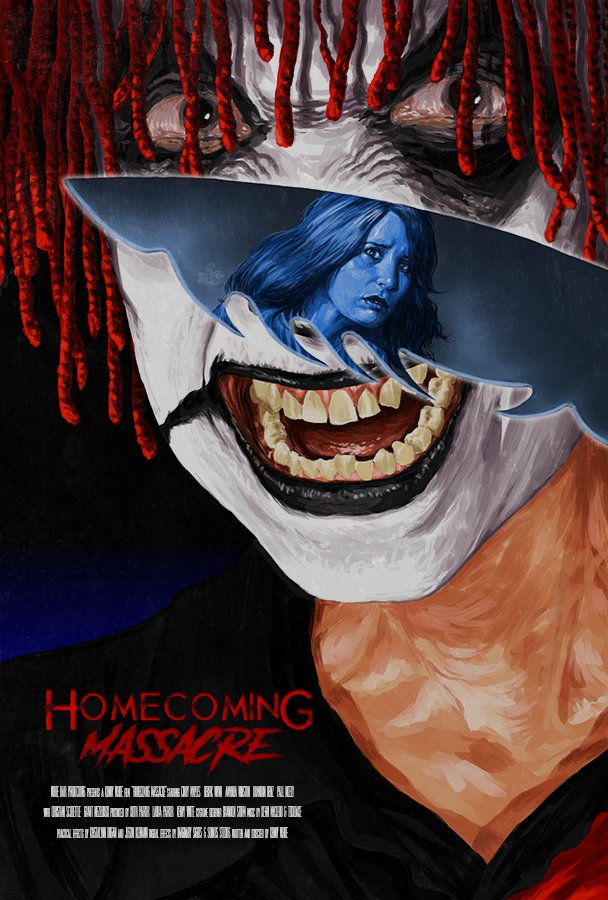Middleburg director, writer recalls making Clay County horror film
MIDDLEBURG – The impact of 1970s horror films – particularly the slasher genre – are a focus of a Clay County filmmaker’s new release.
Kenny White, who resides in Middleburg, is the …
This item is available in full to subscribers.
Attention subscribers
To continue reading, you will need to either log in to your subscriber account, below, or purchase a new subscription.
Please log in to continueDon't have an ID?Print subscribersIf you're a print subscriber, but do not yet have an online account, click here to create one. Non-subscribersClick here to see your options for subscribing. Single day passYou also have the option of purchasing 24 hours of access, for $1.00. Click here to purchase a single day pass. |
Middleburg director, writer recalls making Clay County horror film
MIDDLEBURG – The impact of 1970s horror films – particularly the slasher genre – are a focus of a Clay County filmmaker’s new release.
Kenny White, who resides in Middleburg, is the producer, director and writer of “Homecoming Massacre.” He relayed the struggle of the deeply troubled character Jonathan (Derrik Wynn), who has a traumatic past and a history with clowns. Jonathan spends time in institutions and is raised by his aunt (Cindy Maples).
Without revealing too much about the plot, White the film stays true to its 1970s roots and the look and feel of the era. White said his influences, among many, are a tossup between “Psycho” (1960); John Carpenter’s “Halloween” (1978), and the 1999 slasher “Scream.”
The poster of "Homecoming Massacre" harkens back to the era, with the reflection of a character in a clown's weapon.
“It’s always been something I really loved,” White said of the horror genre.
White said he had a hard-working crew on the film. The interior shots were filmed in Clay County while the exterior shots took place in Indianapolis. In the second act, teenagers reference “Halloween” and “Scream” in a conversation.
“Those movies are similar,” White said of his influences. “It’s like a mother, daughter and granddaughter.”
If there’s one constant in the movie industry, it’s that audiences love suspense. The genre has also been noted for its practical effects, White said.
However, the film saw years-long delays due to a production decision, a technique called day for night, where night scenes were shot during the day and darkness is edited in later. The company is no longer affiliated with the movie and he recalled overcoming the hurdle.
“It was a decision to save four hours,” White said.
White used rotoscoping, a technique that gives the animation a realistic feel by tracing over the footage.
“The technology had advanced enough to do it,” White said.
Horror movies can toe the line between psychological, slasher and thriller. Trends, like reboots and remakes, come and go, White said. Breakout phenomena like foot footage-based Paranormal Activity (2008) or heady family-based horror like “Hereditary” (2018).
“You see a place for it in the culture where we went past the stages of remakes and are now in the reboot phase,” White said. “At this point, Michael Myers has become Frankenstein. Ol’ Freddy Krueger might make a comeback in a bit. The slasher stuff will always be fighting to be what it was.”
The journey was long for White. He said he was inspired by late-night talks about making movies with his friends. Now, he has writing and directing credits for “Maybe Tomorrow” (2008) and a writing credit for the camping trip gone-wrong horror film, “Wonder Valley” (2013). White is in post-production for his next film, which was shot on Amelia Island.
“Homecoming Massacre” can be streamed on the platform PLEX.








